Substrates for Pot or Flowerpot: Complete Guide
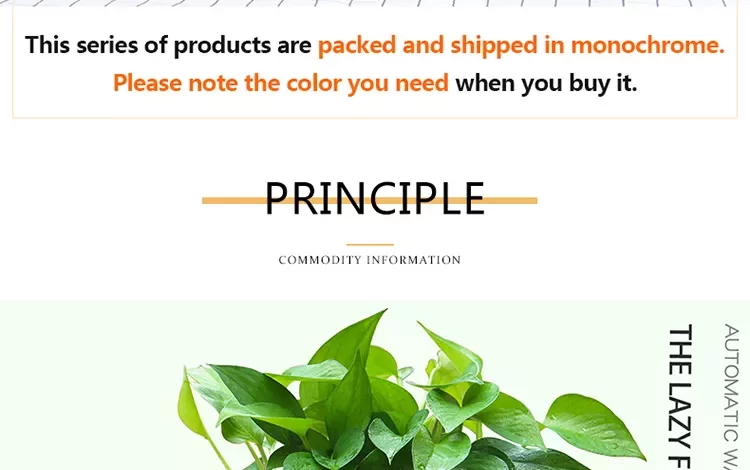
Good afternoon Agrohuerters! Today I want to talk to you about the types of substrates for pots or planters.As you well know, the most recommended for a substrate is that it is close to what is called the ideal substrate, this would be the one that in principle would be worth almost for any species, or at least the plant would develop normally. The characteristics of it are:
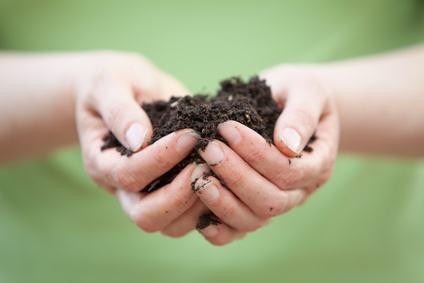
Properties or characteristics of the substrates
Texture
That it be a porous substrate, in which the roots can develop without difficulty, while the plant can hold on well. The texture is closely related to the porosity, and this in turn with the aeration of the substrate, what is always sought is that it is well aerated so that the roots have oxygen, which is essential for their growth and life.
Water retention
What is desirable is that the substrate has a good water retention capacity, that it does not easily become waterlogged but that all the water that is added to it does not drain away either.
substrate pH
You want it to be around 7 (neutral).
To these three characteristics that rather describe the structure of the substrate, we must add the need for nutrients and minerals. For this we need fertilizer, compost or humus.
The relationship between macronutrients and micronutrients has to be in balance. Everything is really related and some parameters depend on others, for example, as we have previously mentioned in the case of oaks, it happens that with a very basic pH, there may be a lack of certain nutrients.
One piece of advice is that depending on the plant that we are going to plant, we must adapt the substrate to it, because not all of them have the same needs, neither in terms of nutrients nor texture of the substrate or pH. For example, there are plants that are acidophilic and would not grow in a substrate whose pH was basic.
For this reason, it is advisable to find out about the needs and characteristics of our plant.
Components of organic potting soils
Coconut fiber

it is of natural origin. It comes from the hairs of the coconut shell, it is a material that does not present nutrients, its pH is neutral or slightly acidic and it does not usually have sudden variations. The advantages are that its weight is very light (so it will be easy to transport the planter), it has a great nutrient retention capacity.
It has a great aeration capacity, coconut fiber rehydrates easily and does not suffer sudden changes in temperature. The disadvantages are that it can be somewhat expensive and can sometimes have more salt content than it should. It is usually used for bare root cultivation. The common thing is to mix this substrate with earthworm humus, since it is one of the richest in nutrients, especially in Nitrogen.
Peat
Peat is a compound that looks similar to earth, which is made up of plant debris accumulated in marshy places.
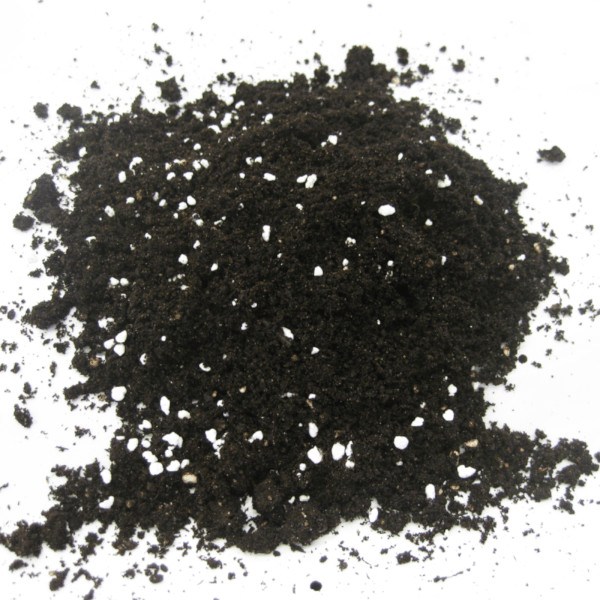
There are two types of peat, blonde and black; these have different characteristics such as pH, blonde is more acidic; and the color, the blonde is much lighter. The most common is to make a mixture of both, which can be in equal parts or by adding more of the blonde. As for its composition, it has a very low nutrient content, so it will be necessary to provide them. Peat has the advantages that it has a great water retention capacity, its structure is very good for root support.
perlite
It really is a volcanic rock, which for horticulture is presented in granules, has a very low weight, and retains water very easily on its surface. In pot substrates, it is usually used with peat or humus, especially when they are very compacted or compacted. The perlite gives it structure and also acts as a drain on the substrates so that they do not get waterlogged when watering.
vermiculite
It is a very light mineral that retains water and can provide some nutrients in addition to retaining them. Like perlite, it is usually mixed with peat or humus, to improve its drainage and aeration. It is more used for seedbeds, and its price is very cheap.
Recommended Substrate Mixes
Recommended potting substrates with the compounds described above, which usually work well with most plants:
– Coconut fiber + earthworm humus
– Peat + perlite/vermiculite + compost
– In nurseries: vermiculite
Our recommendation is that these potting substrates are much better for plants than those that are sold very cheap, of a universal type. There are also somewhat more expensive and even ecological, these would work better than the universal type.
But if you have time, it is good to invest it in making our own substrate, since as you can see it is very simple and does not take too long. Greetings and until next time Agrohuerters!

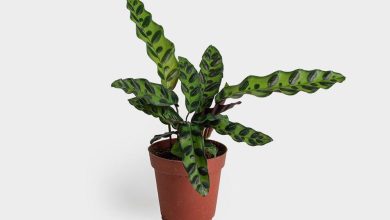
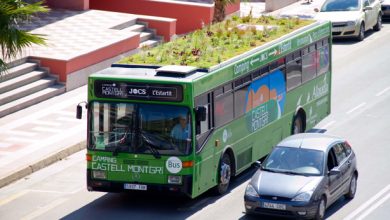
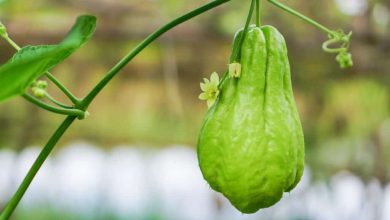
![Photo of White Spot on Leaves: [Identify and Eliminate]](https://www.complete-gardening.com/wp-content/uploads/2022/08/white-spot-on-leaves-identify-and-eliminate-390x220.jpg)